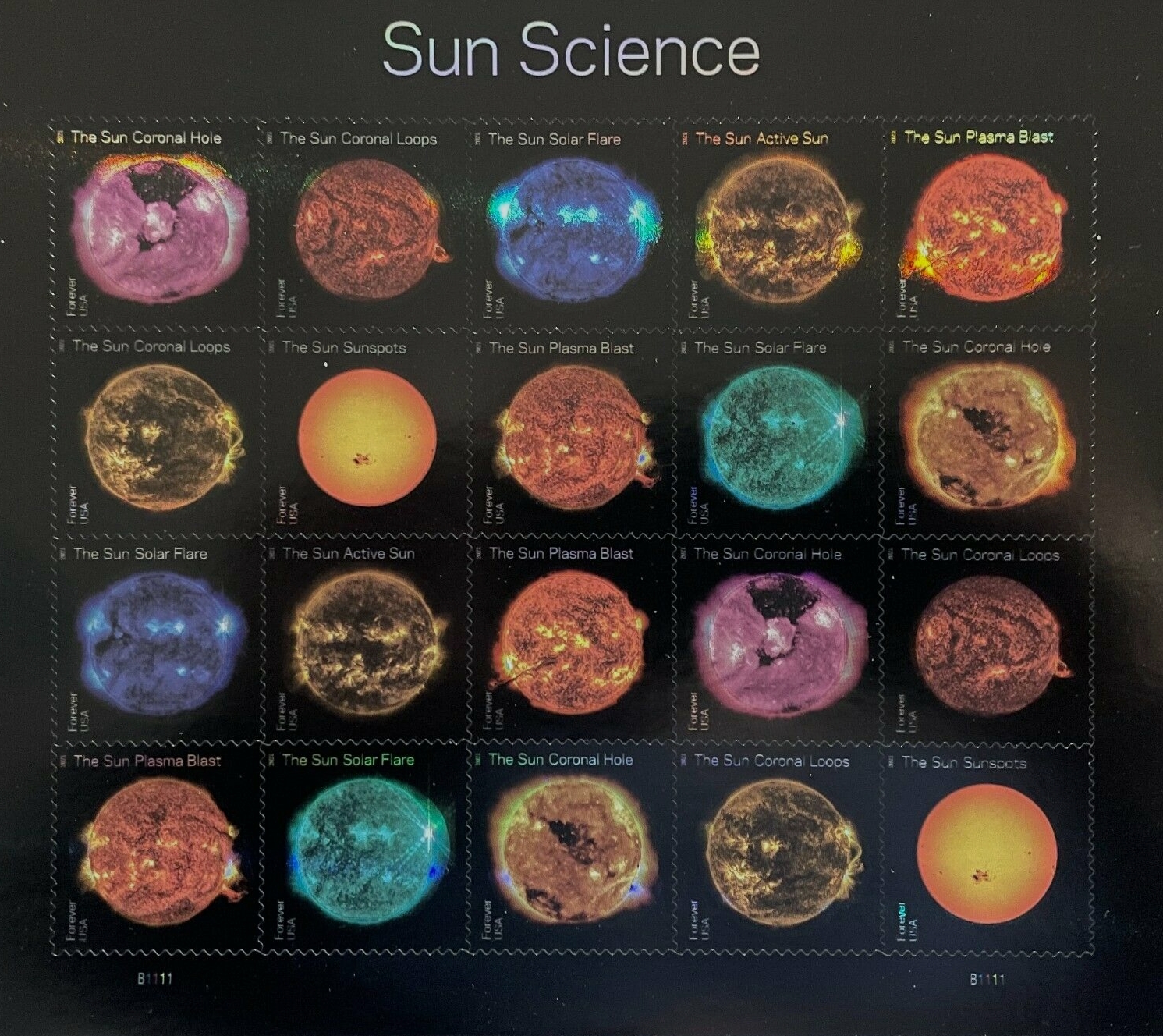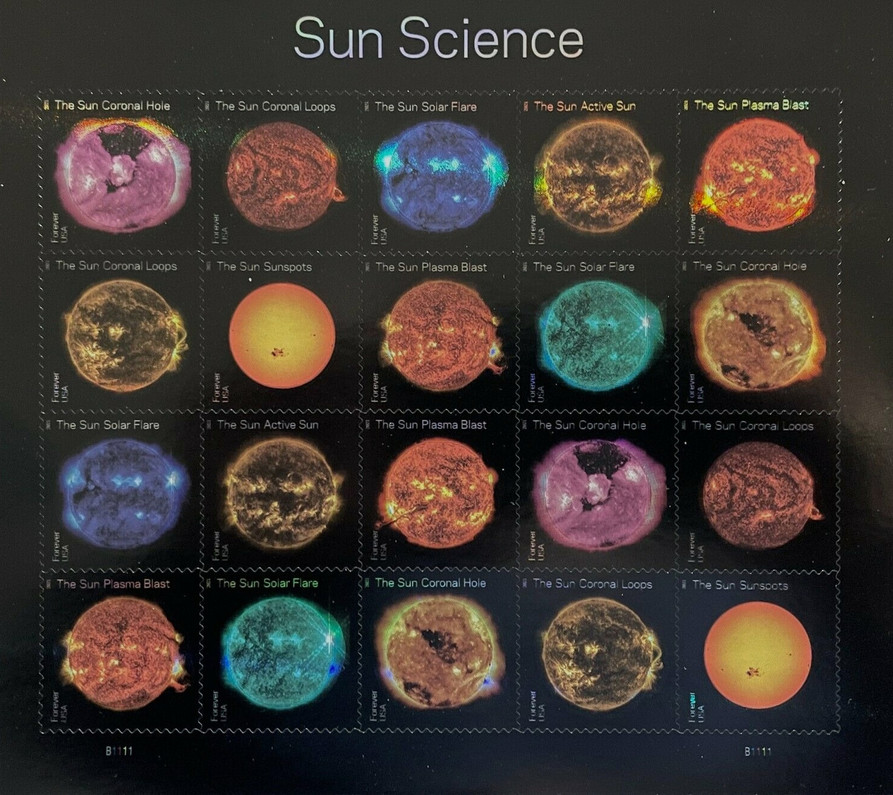SOLAR ECLIPSE, SUN WORSHIPPERS, AND MORE!!!
Last week's solar eclipse over a large portion of North America, aroused the curiosity of not just amateur astronomers, but stamp collectors who have stamps with images of solar eclipses, sun worshippers, and even artistic depictions of Sun Gods.
The Study of the Sun: A Brief History
- Ancient Observations:
- Babylonians recorded solar eclipses on stone tablets, demonstrating early interest in celestial events.
- Chinese astronomers noticed sunspots several thousand years ago, as mentioned in the “I-Ching” or “Book of Changes.”
- Mayans, Hebrews, and Egyptians also made careful observations of the Sun’s motion through the sky.
- Renaissance Advances:
- During the Renaissance, scientists like Galileo peered through telescopes, meticulously tracking sunspots.
- These observations laid the groundwork for understanding solar activity.
- Space Exploration:
- Satellites revolutionized solar science. The first satellites captured solar particles streaming past Earth.
- Each generation pushed the limits of their tools, advancing our knowledge of the Sun.
- The Sun’s Vital Role:
- Our Sun, a 4.5 billion-year-old yellow dwarf star, sits at the center of our solar system.
- It’s about 93 million miles (150 million kilometers) from Earth and provides essential energy for life.
- Without the Sun’s radiance, life as we know it could not exist on our home planet.
- Sun Facts:
- The Sun’s diameter is approximately 865,000 miles (1.4 million kilometers).
- It holds 99.8% of the solar system’s mass and is roughly 109 times the size of Earth.
- The Sun’s core temperature reaches a scorching 27 million degrees Fahrenheit (15 million degrees Celsius), enabling nuclear fusion.
- Its gravity keeps everything in our solar system, from planets to debris, in orbit around it.
- Dynamic and Ever-Changing:
- Although it may appear unchanging from Earth, the Sun is a dynamic star.
- Features like solar prominences, flares, and coronal mass ejections occur in its outer layers.
- Scientists study these phenomena under the field of heliophysics.
- Dust Rings and Solar System Formation:
- Early in its history, the Sun was surrounded by a disk of gas and dust during solar system formation.
- Some of that ancient dust still exists today, forming dust rings that trace planetary orbits.
In summary, our Sun is both a life-giving force and a fascinating subject of scientific inquiry. Its study continues to reveal the secrets of our solar system and beyond.


Apr 12th 2024
Recent Posts
-
SOLAR ECLIPSE, SUN WORSHIPPERS, AND MORE!!!
Last week's solar eclipse over a large portion of North America, aroused the curiosity of not just a …Apr 12th 2024 -
USPS FOCUS ON SHARK EDUCATION AND PRESERVATION
The United States Postal Service (USPS) has commemorated the fascinating world of sharks through a s …Apr 5th 2024 -
REPRINTING THE MOST SOUGHT AFTER US ERROR! THE INVERTED JENNY
The original Inverted Jenny stamp, issued in 1918, was meant to depict a Curtiss JN-4H biplane used …Mar 20th 2024




